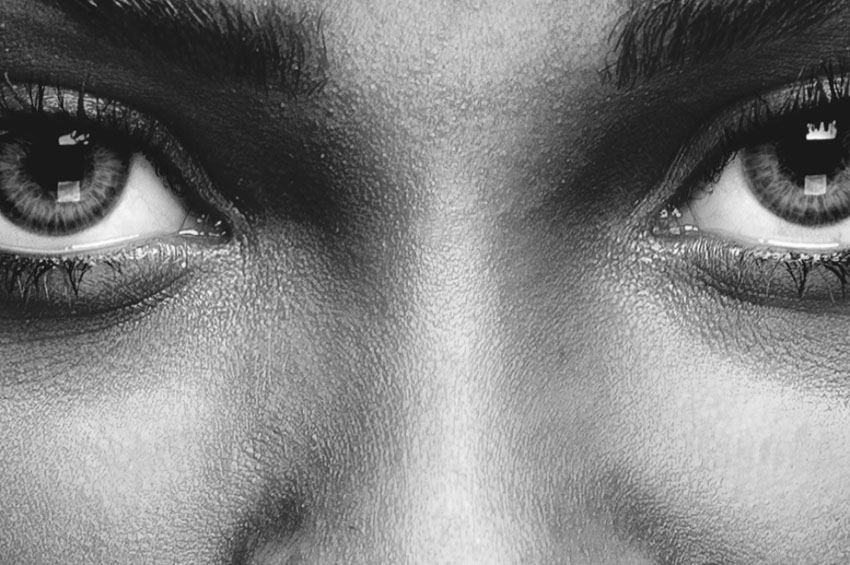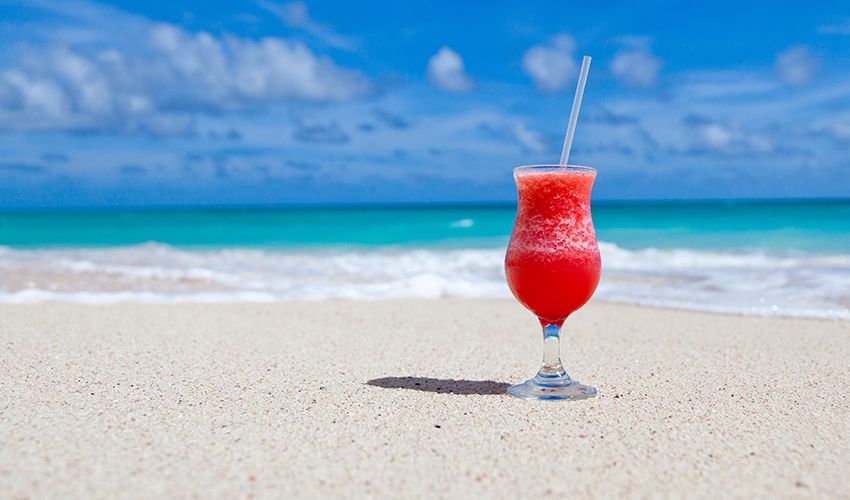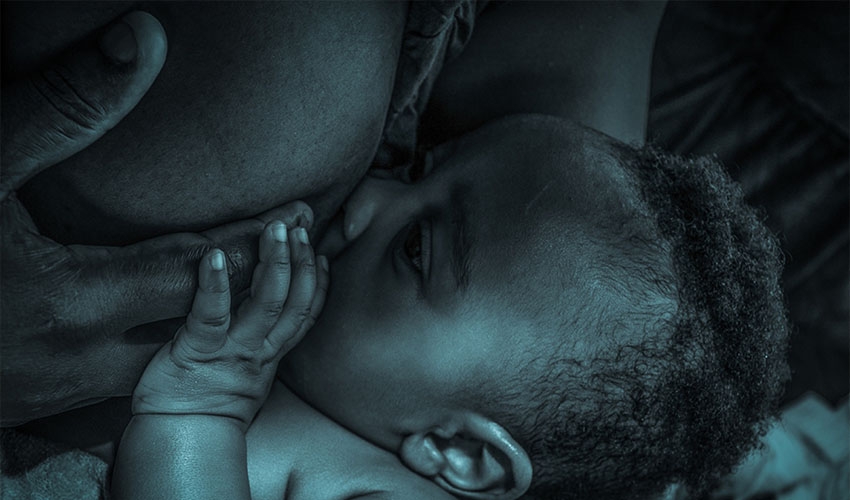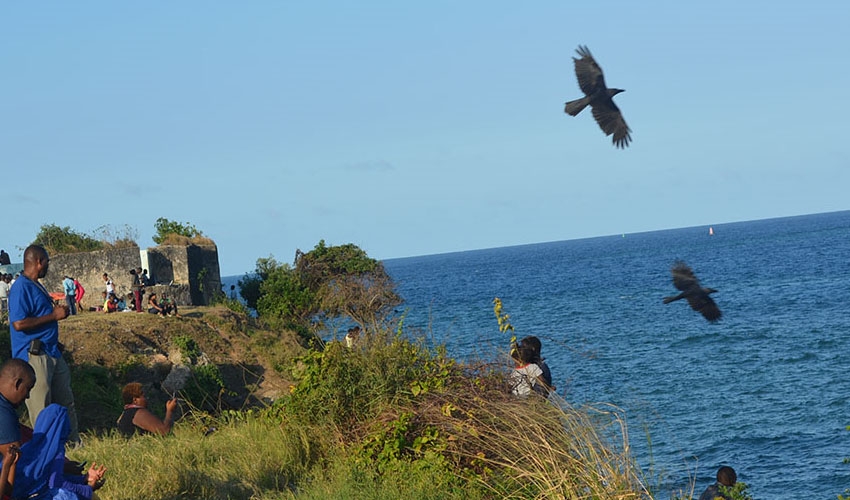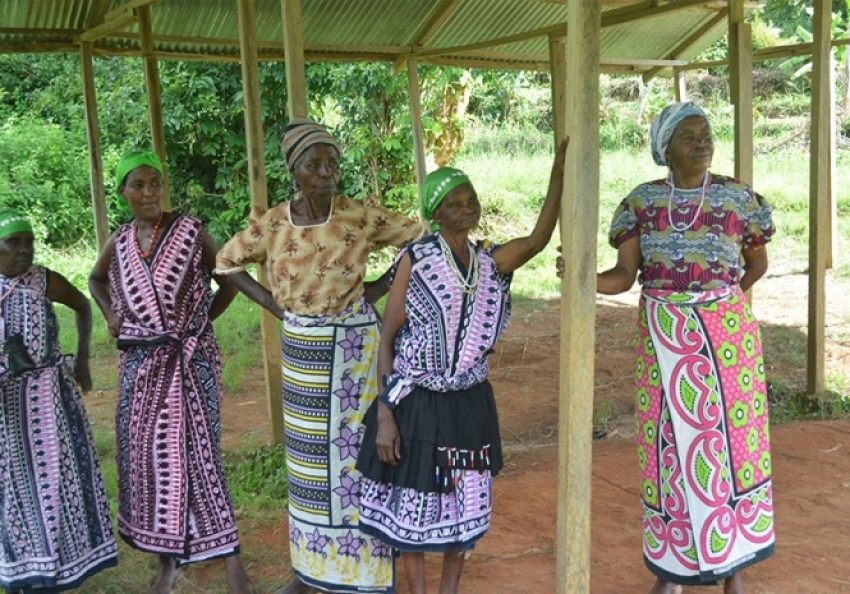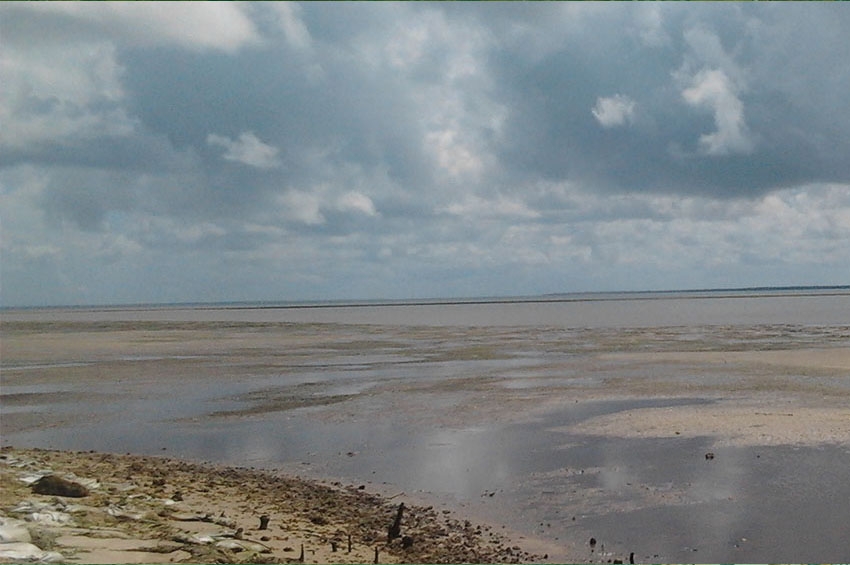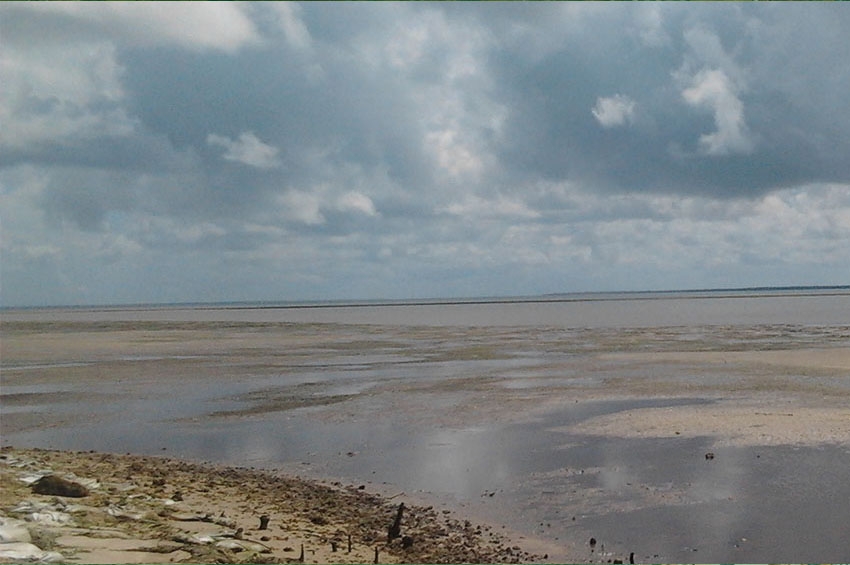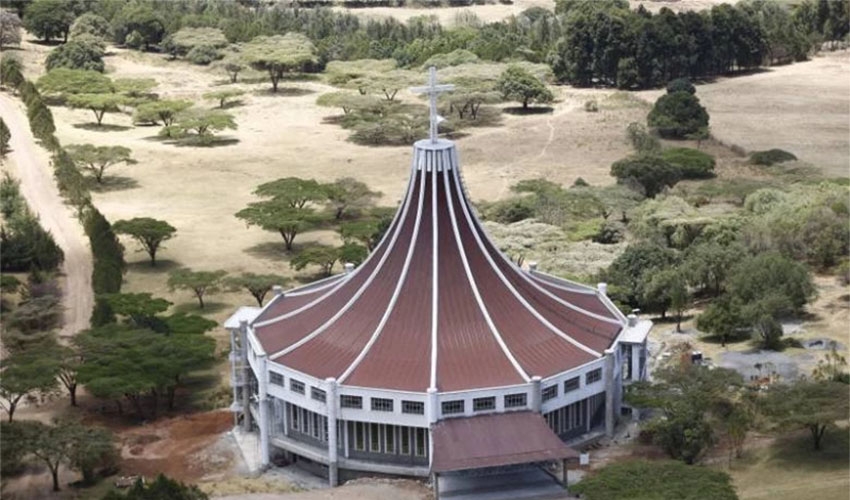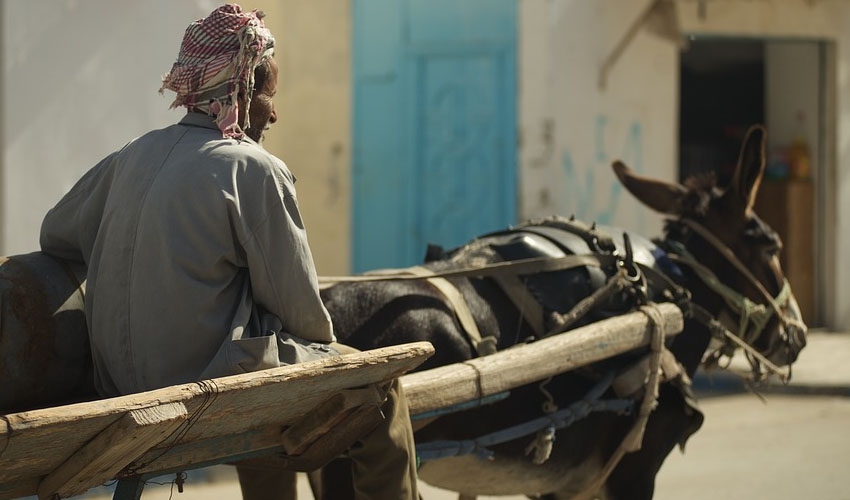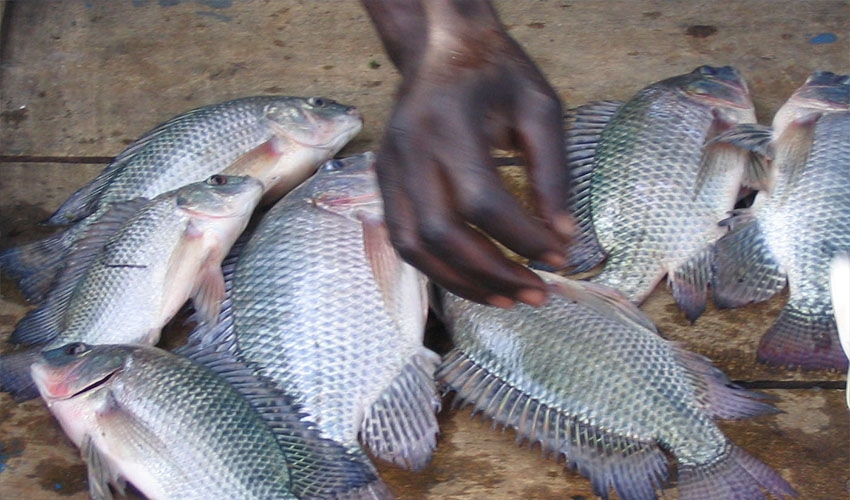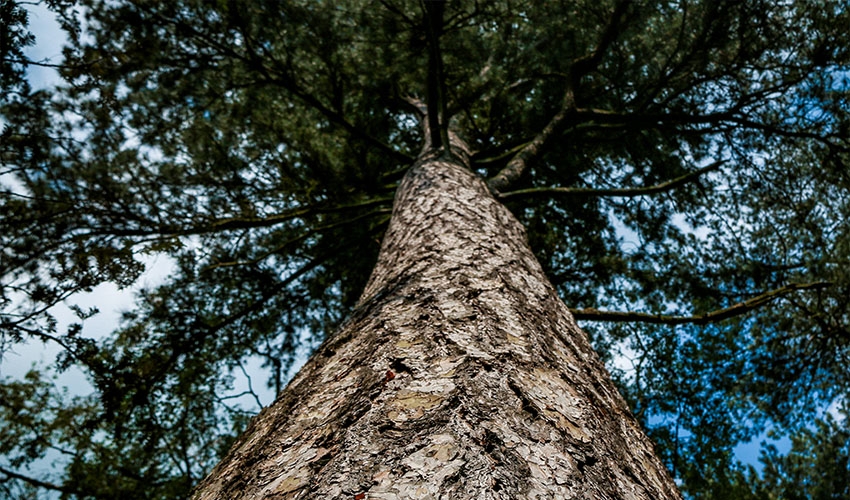The night was pitch dark and the road was chronically bumpy. Unlike me, my brother Msonobari is a fast driver and was hurtling down the murram road as if he was practicing for the Safari rally. I was leaning on the cold window, half-asleep. We had eaten lunch six hours earlier at Malindi and the roast chicken that I had gobbled was already gone, leaving in its trail hunger pangs that were keeping me from sleeping soundly.
The loud screech of our Subaru Forrester chased away the sleep that had started accumulating in my eyes. Right in front of us were dozens of what appeared to be flashlights. But what surprised both of us was the fact that the flashlights were moving across the road on their own, with no human beings behind them whatsoever.
For a moment, I was sure that I had finally come face to face with the famous coastal genies. But before I could voice this fear or even utter a prayer, my brother let out one emphatic word – ‘nyati!’ Buffaloes!
Indeed, the ‘flashlights’ were but bright eyes that belonged to a herd of buffaloes that was crossing the road. I had seen buffaloes before in Maasai Mara National Reserve and Nakuru National Park. Their resemblance to cows robbed them off the wild attraction of leopards, lions and even gazelles. But seeing them in the dark with their eyes shining bright like a diamond was a sight to behold. I was both scared and excited as was my brother. Although he is a photo freak, he didn’t dare roll down the windows to take photos. Instead, we both watched in silent awe as the buffaloes took their time to cross the road.
We were between the Lamu County towns of Witu and Mkunumbi in an area that is not a national reserve but the buffaloes respond to nature’s push and pull, not gazetted boundaries. The nearest national reserves from this area are Dodori and Boni. Both are 38 years old, having been gazetted in 1976. They are neighbours and consequently host mostly similar flora and fauna.
One of the animals that grazes here is the coastal topi, a medium-sized antelope. It is famous for its graceful pose on top of termite mounds as it scans the horizon with a steadfast gaze. Clothed in its red-brown coat, with black patches spotting its face and legs, the topi adds immense color to the Boni and Dodori Reserves.
Also living in this region is the hirola, a lesser known sibling of the topi. The hirola is considered to be the most endangered antelope in sub-Saharan Africa. Less than five hundred remain despite having more than 14,000 in the 1970s. The future doesn’t look bright for them, partly because of stubborn insecurity in the area. Between June and August when militia gangs launched several attacks in Lamu County, they would retreat to Boni forest.
In early August, I drove as fast as I could past the forest as I fled from Lamu. When I looked nervously at the silent forest, I thought of the topi and hirola and felt quite sad that they were now caught in the middle of a senseless conflict.
I also thought of the Boni people, who have lived in the forests for centuries, all along co-existing harmoniously with the wildlife. What would happen to them now?
As I passed by the location where my brother and I had met with the buffaloes, I found myself wishing that Bob Marley’s song would literally come true.
‘I wish that the buffaloes would become soldiers that can protect the forests and the animals that call it home,’ I muttered to myself as I glanced at Boni forest winked at it, praying that all would be well.

